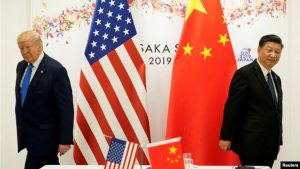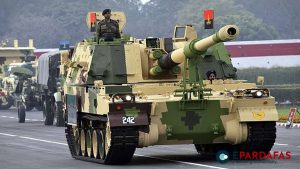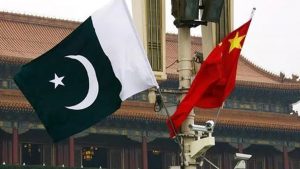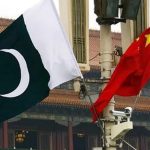
China’s Belt and Road Initiative: A Vision in Transition or a Faltering Endeavor?
The Belt and Road Initiative (BRI), China’s ambitious project to revive the ancient Silk Road and establish a global trade and infrastructure network, is a topic of intense debate. While critics argue it is faltering under the weight of debt traps, waning international support, and strained Chinese finances, proponents contend the vision of connecting China to Europe and beyond remains steadily underway.
Challenges: Debt Concerns and Diplomatic Strains
Initially launched in 2013, the BRI was heralded as a transformative initiative to bridge Asia, Europe, and Africa through expansive infrastructure investments. However, concerns about debt sustainability in participating nations have cast a shadow over its legacy. Critics often cite examples of countries like Sri Lanka, where unsustainable debts led to the transfer of strategic assets, bolstering fears of Chinese economic coercion.
The recent withdrawal of Italy, the only G7 nation to join the initiative, underscores a decline in international enthusiasm. Combined with China’s slowing economy and financial constraints, these developments challenge the momentum of the BRI.
Successes: A Growing Network of Connectivity
Despite skepticism, the BRI has made significant inroads, especially in Central Asia and Europe. Khorgos, a border city linking China’s Xinjiang region with Kazakhstan, has transformed into a bustling hub for trade and commerce. The China Railway Express, a freight train network central to the BRI, has expanded exponentially since its inception in 2011.
The railway now connects 125 Chinese cities to 227 destinations across 25 European nations, with 17,000 freight journeys recorded in 2022. Offering a faster alternative to ocean routes and a cheaper option than air freight, this network has become a lifeline for trade between China and Europe. Chinese companies like BYD, CATL, and TCL are leveraging this connectivity to expand operations in Hungary, Serbia, and Poland, fostering an economic corridor that merges China’s industrial capabilities with Europe’s markets.
Strategic Agriculture and Security Ties
Beyond infrastructure, the BRI is redefining agricultural collaboration. In Yangling, China’s high-tech agriculture district, Beijing is working with Central Asian countries like Kazakhstan to enhance food security. By developing joint techniques to cultivate wheat and other crops, China is reducing reliance on Western agricultural imports, a critical vulnerability in the face of potential geopolitical tensions, such as conflicts over Taiwan or the South China Sea.
This westward orientation not only secures essential resources but also mitigates the risks posed by U.S.-led sanctions or sea blockades.
A Shifting Global Order
The BRI represents China’s effort to recalibrate global trade routes and influence. Historically, China’s western borders, rather than its coastal regions, served as its primary window to the world during the Silk Road era, facilitating early globalization. Now, as tensions rise in the Pacific, Beijing is looking westward once again to secure its economic and geopolitical ambitions.
An Unfinished Journey
Whether the Belt and Road Initiative is a success or failure remains to be seen. The challenges—financial strain, diplomatic pushback, and debt sustainability—are undeniable. Yet, the vision of an interconnected Eurasian economic network continues to take shape, redefining trade, security, and global influence.
As the world watches, the BRI’s trajectory will not only determine China’s role in the 21st century but also shape the contours of the global order in an era of shifting alliances and economic rivalries.













Comments